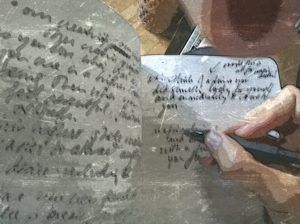 Okay, writing time… I’ll just make myself a green smoothie and then…oh, maybe I should put in a load of laundry…now, I’ll just sit down and…oh, wow, it looks like it might rain. I’ll just take that bike ride first… huff,puff, puff…Now I’ll just sit down to write and…oh, the phone. Better get it. It could be Oprah wondering how my book is coming along…Okay, that was a huge time waste, but now to get down to wr…Doorbell?Are you kidding me?
Okay, writing time… I’ll just make myself a green smoothie and then…oh, maybe I should put in a load of laundry…now, I’ll just sit down and…oh, wow, it looks like it might rain. I’ll just take that bike ride first… huff,puff, puff…Now I’ll just sit down to write and…oh, the phone. Better get it. It could be Oprah wondering how my book is coming along…Okay, that was a huge time waste, but now to get down to wr…Doorbell?Are you kidding me?When You’re Having Trouble Sitting Down to Write
 Okay, writing time… I’ll just make myself a green smoothie and then…oh, maybe I should put in a load of laundry…now, I’ll just sit down and…oh, wow, it looks like it might rain. I’ll just take that bike ride first… huff,puff, puff…Now I’ll just sit down to write and…oh, the phone. Better get it. It could be Oprah wondering how my book is coming along…Okay, that was a huge time waste, but now to get down to wr…Doorbell?Are you kidding me?
Okay, writing time… I’ll just make myself a green smoothie and then…oh, maybe I should put in a load of laundry…now, I’ll just sit down and…oh, wow, it looks like it might rain. I’ll just take that bike ride first… huff,puff, puff…Now I’ll just sit down to write and…oh, the phone. Better get it. It could be Oprah wondering how my book is coming along…Okay, that was a huge time waste, but now to get down to wr…Doorbell?Are you kidding me?
 “It was like completing an Ironman,” Bridget Engel shared in her angelic voice and New Zealand accent. While completing a solid first draft of 7 of her 8 chapters of Guidance to Go in my Bring Your Book to Life(R) Program put Bridget on Cloud 9, it also took its toll.
“It was like completing an Ironman,” Bridget Engel shared in her angelic voice and New Zealand accent. While completing a solid first draft of 7 of her 8 chapters of Guidance to Go in my Bring Your Book to Life(R) Program put Bridget on Cloud 9, it also took its toll.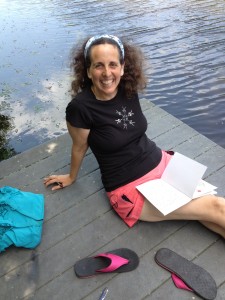
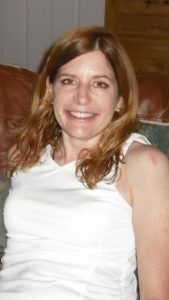
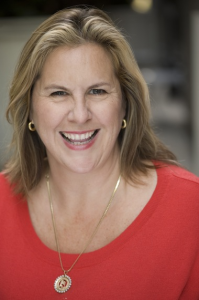
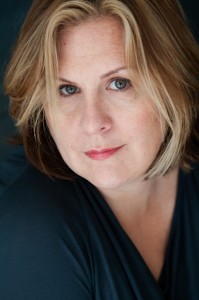 Sam:
Sam: blocks—something that can plague aspiring authors. If you’ve read my posts from last year, you may have seen my interview with her on
blocks—something that can plague aspiring authors. If you’ve read my posts from last year, you may have seen my interview with her on 


